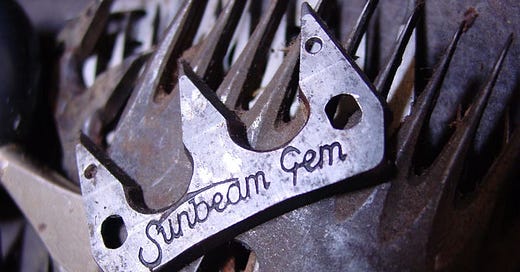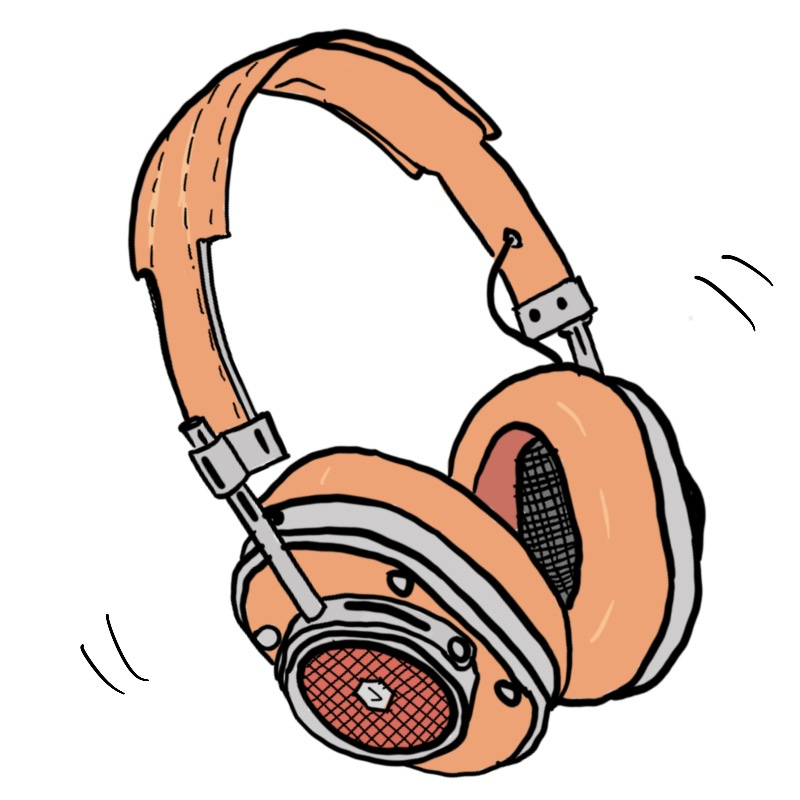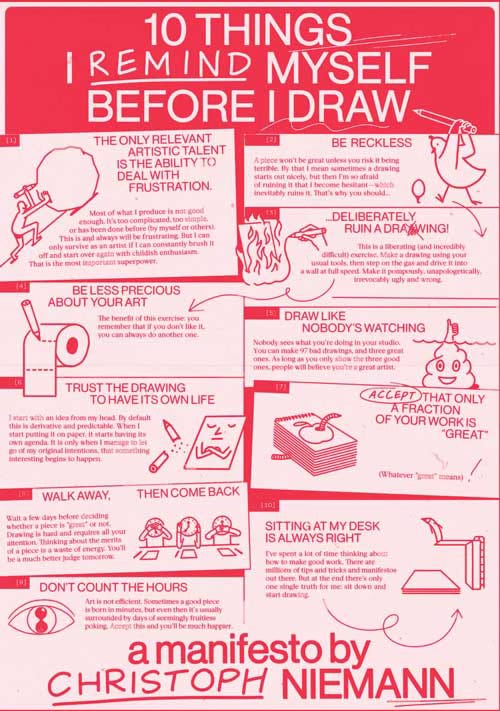The Objects of my Afflictions
Emotions are tools, but if left unchecked can take on a life of their own
This is the haunted artifact of my anxiety. Like a triggered tsukumogami, 100 years old and seeking a sort of nagging retribution for my neglect, it rattles its ghostly chains in the darkness of its abandonment. The sound of its torment is amplified in the shadows by the low ceilings of the caves I hide myself in.
Turning to look at it Boo! I shriek. This is the result of my careless discard. This is the run-but-can’t-hide of my horror. Come of age, it preys upon the child of my mind in these uncertain times.
I hear the echo of its torment rising, the volume knob twisted on the sound system of me. Left and right speakers grumble dangerously close to blown as I attempt to adjust my emotional balance and account for paranormal.
The ghost of anxiety is a tool I can use.
Anxiety performs the faithful service of my body, tightening my awareness and urging my self to action. To bust this ghost tool is to deny its value, for without anxiety I have no awareness of how to prepare for what is to come.
To settle and then to act—anxiety is a tool requiring balance. The weight of it in one’s hand allows for true to fight with false, and to set in gentle equilibrium. For this to occur, I must perform regular maintenance of its function.
I must feel. I must process. I must tend to its punch list of safety checks lest it take to the attic and begin the haunting once again. Lest it become a true and mischievous tool kami.
It hoots. It creeps. It settles in my mirror.
“I hear you have unfinished business,” I say, opening myself up to it while reaching for some polish. “Let’s get you back to glory.”
*
This is the demonic saddle of my depression. With savage leather, it chafes at my heart in ragged violence as I ride upon the beast that is me. To ignore this practical object is to allow it to crack and weather, its dark and parched materials growing bitter and resentful. My neglect causes the deep agitation of its soul to rise and twist and creak and moan.
It is a sound that triggers seismic activity in the fragile crust of a mind.
The demonic saddle of my depression. Its age is measured in dog years, and like a dog with a greying beard, this mange-prone mutt must be fed a balanced diet of joint, and skin, and bone fortifying supplements.
It is a diet of regulation.
I breathe in the aromas of the ointments and balms and touch at the glycerins of lubrication to settle and smooth and glide us back to a stable existence. Applying them to a willing chamois, I begin.
Only when conditioned with the oil of my acknowledgement will it work with me and not against. Only when it relents will I be one with my sadness and negativity again. Only then will I be able to ride out this misery.
“I feel your unnecessary roughness,” I say, touching delicately at the stitching with my soft cloth. “Let’s lift your spirit back to me.”
*
This is the ghoulish umbrella of my fear. It opens and closes at unexpected times, knocking over the delicate porcelains of my confidence while calling attention to my cowardice.
Fear. It too is a tool. When loved and acknowledged and operated with skill this umbrella opens with dexterous grace, providing cover for my retreat should the approaching storm be too dangerous. When respected and cherished, it closes on command with tight precision and easy action, allowing me to face the inevitable winds of change with brave resilience.
Its soul, however, needs obvious and regular monitoring.
To neglect this tool is akin to handing fear the keys to a prankster clown car. Neglect gives it permission to appear at a moment’s notice, screeching life to a halt and flinging open its doors to reveal a terror that just keeps coming and coming and coming. Pump the brakes.
Tend to your umbrella.
“The sun might come out today,” I say, dabbing a light oil on its rusting frame. “Let the forecast be our guide.”
*
This is the malevolent lantern of my anger. It sparks hard and fast to illuminate my flaws. It extinguishes just as quickly to plunge me into the instant darkness of my regret. A bright tool, a light tool, a beneficial tool in spotlighting my passions, yet if left to its own devices—if ignored for too long—the surge of its electricity becomes wildly unpredictable.
Too on. Too off. Too savage. Too shocking. Too impulsive. Just too much too in the tool of it.
Look.
The unpredictable flipped switch of me, held hostage by this rage, a victim of its evil intent, a cruel footnote in its hothead manifesto.
Run away.
In the moment of its firing the injustice of the world becomes too overwhelming, and it lights and blinds me to all sense of sense. In my attempt to hide the savage brightness, it bleeds through cracks in my armor, leaking into the atmosphere to pollute the beauty of my perfect night sky. Left to burn unchecked this rage tool sets fire to everything, blazing bright and hot and with no purpose but destruction.
The flame of my anger candle must be managed in the moment of my madness. Not extinguished. Managed. This lantern must be angled to illuminate the situation, to give the light meaning, and to adjust my focus.
“Your fuel is contaminated with pointless particulates,” I say, speaking calmly to its heat. “Let’s clean up your light.”
*
Emotions—all emotions—are tools, and my body is my tool shed. I cannot ignore the dangerous tools just because they have the potential to destroy me.
To neglect these tools—to mistreat them or to deny their function—allows them the opportunity to revolt in motivated agitation. Like the concept of tsukumogami, these emotions will take on a life of their own. They will rise as ghosts, as demons, and as monstrous and irritating tricksters to haunt my every day.
Havoc causers. Mischief makers. When left to gather dust these newly released souls will seek to possess mine.
I must never forget that without these tools I would not exist. Yes, they can be dangerous. Yes, they can be unpredictable. But they can also be useful and important tools. With their splintered handles and sharp, rusted edges, they prickle with unexercised purpose and intent. To manage them, I must treat these tools with respect. I must oil them regularly and sand out their imperfections. I must inspect and maintain their moods.
Good with bad, I must be the custodian of their keeping.
“You are the gears of my war,” I say, addressing the tools of my being. “Let us make our peace with each other.”
Watch the Video about the themes in this post 👇
This week’s amends…
I mean, it’s just, like, your opinion man. Here’s some writing advice from Elmore Leonard.
Never open a book with weather.
Avoid prologues.
Never use a verb other than "said" to carry dialogue.
Never use an adverb to modify the verb "said"…he admonished gravely.
Keep your exclamation points under control. You are allowed no more than two or three per 100,000 words of prose.
Never use the words "suddenly" or "all hell broke loose."
Use regional dialect, patois, sparingly.
Avoid detailed descriptions of characters.
Don't go into great detail describing places and things.
Try to leave out the part that readers tend to skip.
My most important rule is one that sums up the 10.
If it sounds like writing, I rewrite it.– Elmore Leonard, Excerpted from the New York Times article, “Easy on the Adverbs, Exclamation Points and Especially Hooptedoodle."
On Rotation: “Hollywood Boulevard” by Loren Kramar
A reminder that all songs featured in this newsletter over the years are added to the giant mega super playlist of magnificents and magnificence which you can access with an effortless depress of this button. 👇
Manifesto is a series on WePresent which invites activists and creatives with something to say to write 10 rules to live by, in order to help spread their message.
From Willie Nelson’s short and simple “Don’t be an asshole” to Pussy Riot’s gem of advice that it’s ok to procrastinate, there’s a tip or a trick for everyone here.
Here’s one by illustrator Christoph Niemann which I quite liked.
And another created by Roxane Gay and designer Debbie Millman.
Via Meanwhile
A turtle is faster than a penguin. Huh. Also, a human and a raccoon have the same top speed.
Via Neatorama
Shameless Podcast Plug
Listen to audio versions of early issues of The Stream on my podcast, Field of Streams, available on 👉 all major podcasting platforms 👈
Here’s Apple










